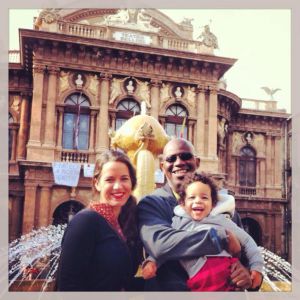 Red written and illustrated by Michael Hall shares a simple yet profound message that riffs on the old adages “You can’t judge a book by its cover,” and “Be true to yourself.” It accomplishes this through bold illustrations and humorous, simple text. They are equal partners and together they pack a brilliant creative wallop.
Red written and illustrated by Michael Hall shares a simple yet profound message that riffs on the old adages “You can’t judge a book by its cover,” and “Be true to yourself.” It accomplishes this through bold illustrations and humorous, simple text. They are equal partners and together they pack a brilliant creative wallop.
The opening illustration, for example, depicts a solitary crayon against a black background. One crayon. Three words: “He was red.” Even the youngest reader will immediately notice something doesn’t quite compute. Although the wrapper is red, the crayon itself is actually blue. Throughout the book characters expect the crayon to reflect his outward—red—appearance. His performance consistently fails their expectations.
No matter how hard he tries, when he colors anything, he produces blue, not red. The other crayons accuse him of not trying hard enough, not mixing well with others. They try many methods to remold him into a version of himself that fits their expectations. He’s viewed as lazy, slow, damaged and not very bright—all because Red can only produce a reflection of who he really is on the inside, which is blue through and through. Poor Red begins to feel inadequate and sad. He wonders if he will ever fit in, make the grade, and behave properly.
Until…
One crayon sees beyond Red’s label and notices who Red really is. He persuades Red to draw the ocean. Red succeeds beautifully. And he doesn’t stop there. Once red discovers the joy of being himself, he sets out to be fully blue. For the first time, Red experiences joy and acceptance from the world around him. Instead of criticizing him, they praise and accept him.
Once they made space for Red to be his true self, they all benefitted. All it took was one crayon’s validation. One crayon recognized the Red’s truth. That tore apart the box into which Red had been locked. Once freed to be true to himself, Red began “reaching for the sky.”
Without preaching or moralizing, this book makes its point: be true to yourself. It’s a fun and enlightening story that will touch all readers whatever their age. Even adults will benefit from its example. Red’s story doesn’t exemplify any specific difference, i.e., it’s not necessarily about race, ability levels, gender, etc. This means it can serve as a window to any child’s circumstance of being different. In reading reviews on Amazon, I saw many that castigated this book as being about gender confusion issues. While it could be interpreted that way, no explicit messaging is made along those lines.
AQ Lens Adoptees are influenced not only by the influences of nurture, but also the significant influence of nature—DNA— as well. An obvious parallel can be drawn with Red’s mismatch between his outside and inside. The story lends itself to discussing the struggles that anyone faces as they strive to determine their authentic selves. Conversations can flow into more serious discussions of the ways in which a child feels he doesn’t fit.




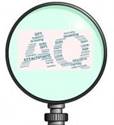


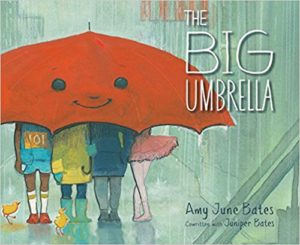

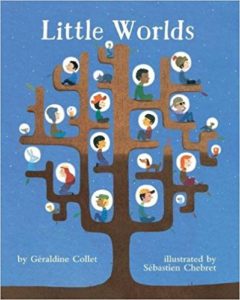

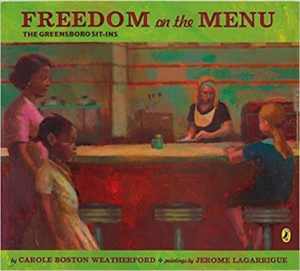
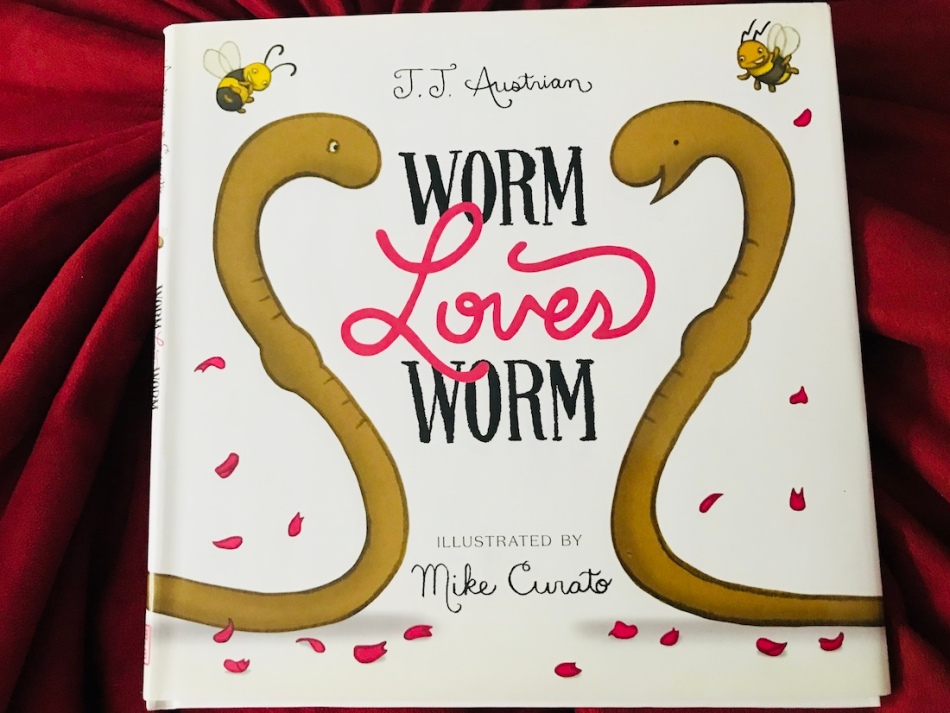
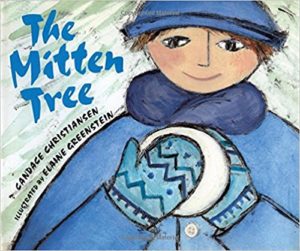

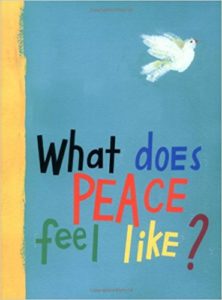 Lately adversity hammered the world in many directions: natural disasters of biblical scale, political confrontations that resulted in death and, most recently a madman mowed down more than five hundred innocent people. At some level, it feels like our world verges on the brink of collapse. Children hear and observe what occurs around them. They watch TV and absorb the horrific reports. As adults we bear a huge responsibility to help them frame and understand the facts. We must share age-appropriate information and provide them tools to process and live with the challenging realities all around us. More importantly, we must help them regain a feeling of security and peace.
Lately adversity hammered the world in many directions: natural disasters of biblical scale, political confrontations that resulted in death and, most recently a madman mowed down more than five hundred innocent people. At some level, it feels like our world verges on the brink of collapse. Children hear and observe what occurs around them. They watch TV and absorb the horrific reports. As adults we bear a huge responsibility to help them frame and understand the facts. We must share age-appropriate information and provide them tools to process and live with the challenging realities all around us. More importantly, we must help them regain a feeling of security and peace.
